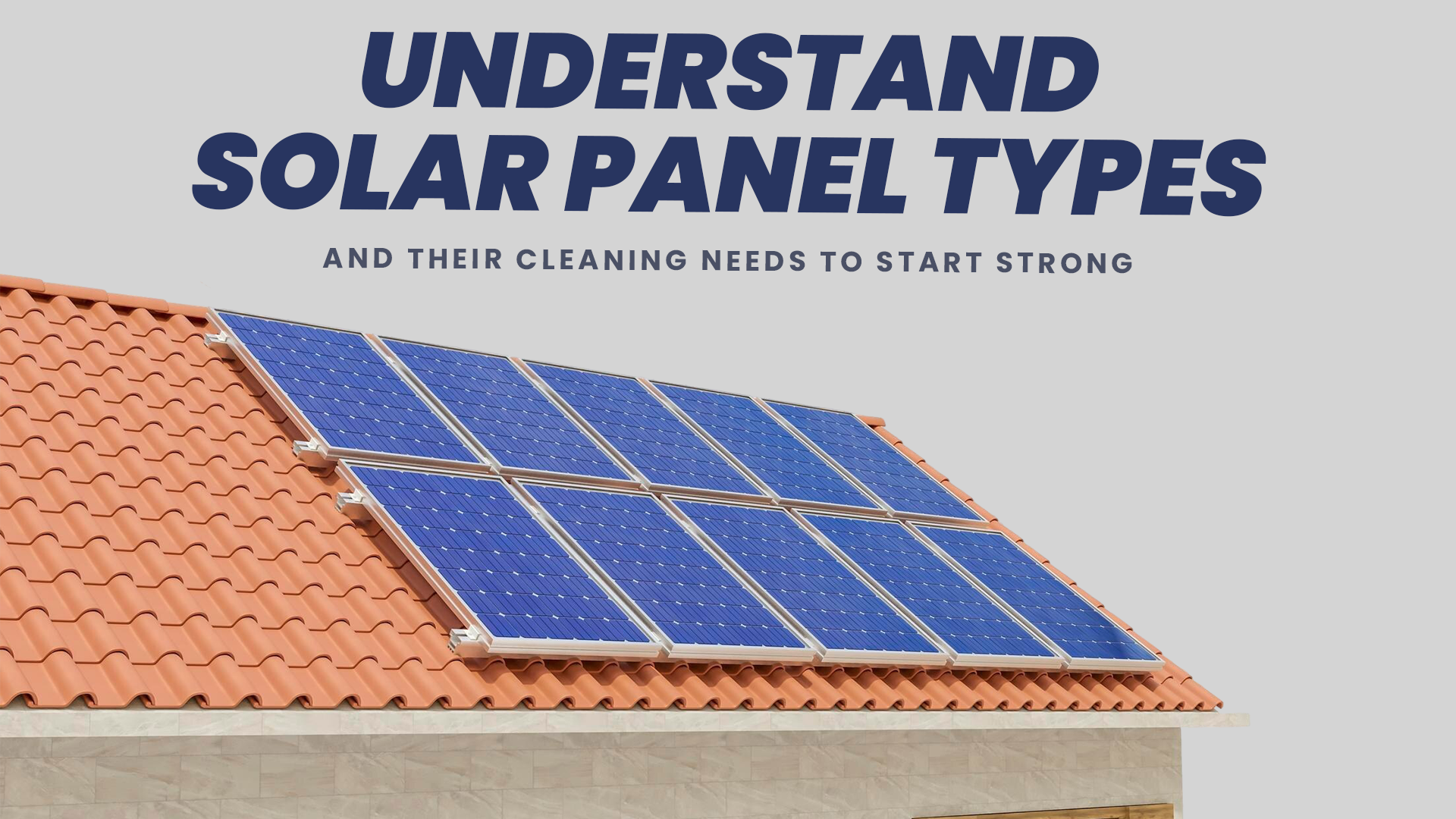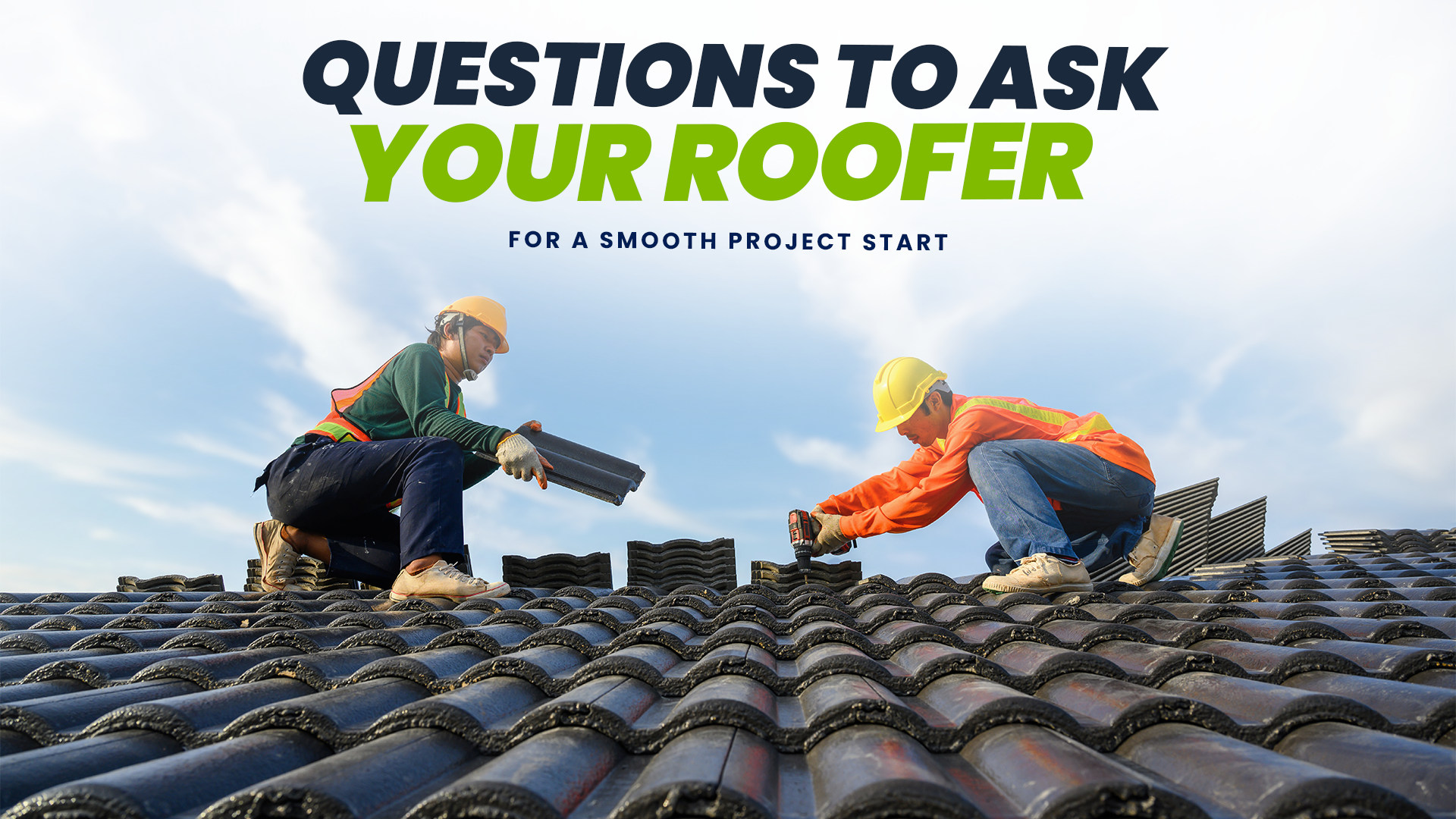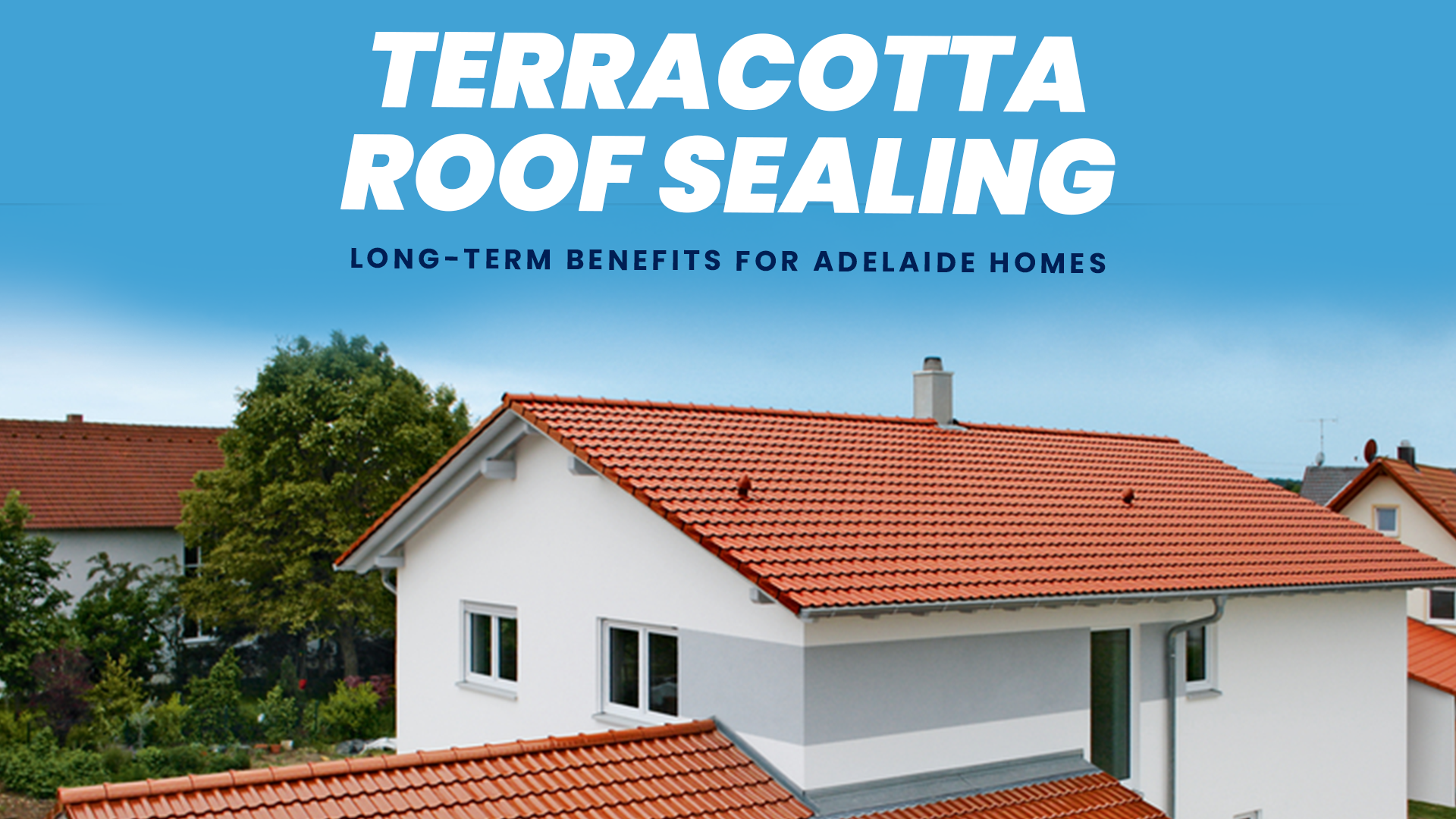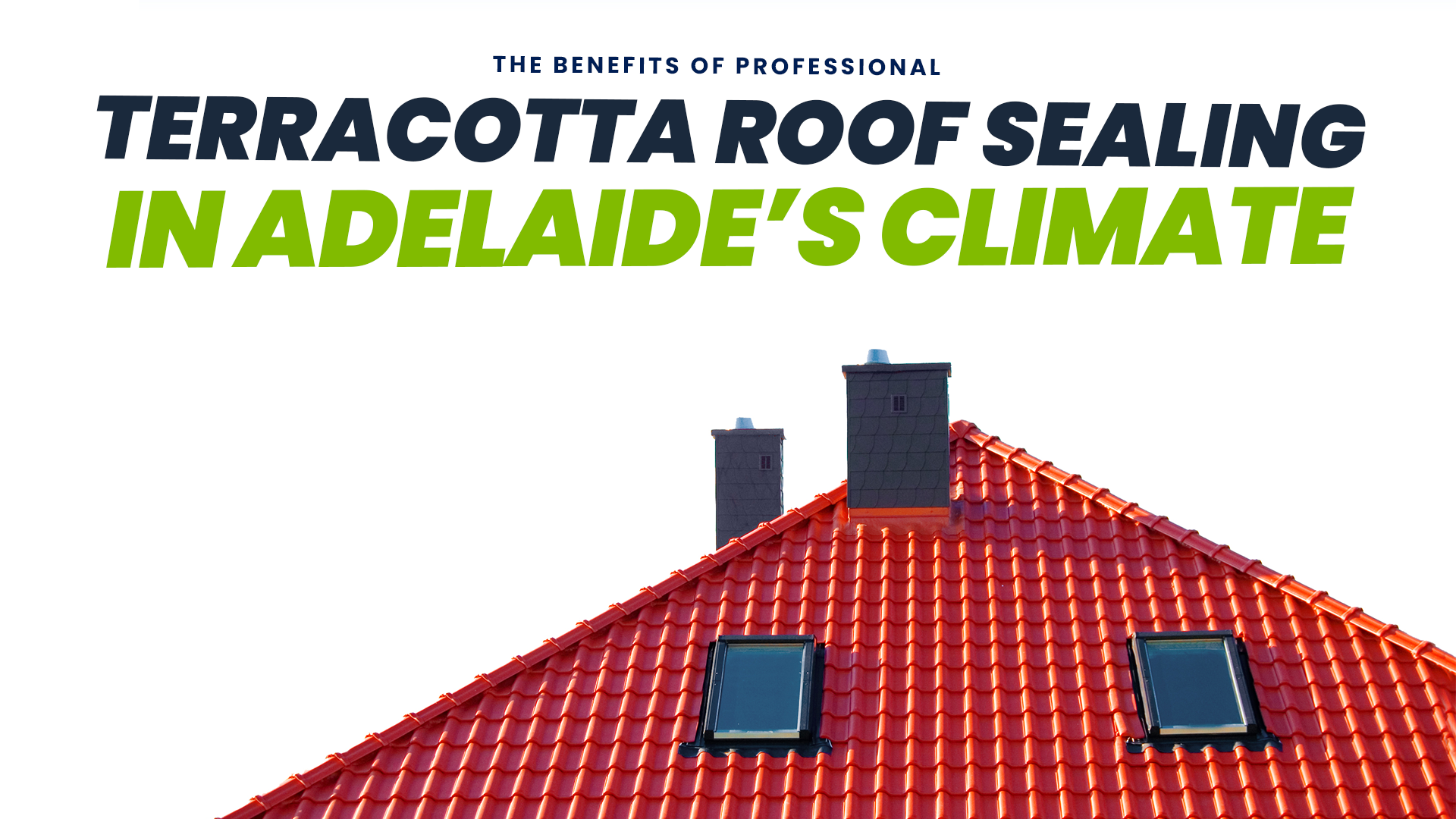Terracotta roof tiles are made with natural clay and are not only durable due to their suitability to the climate, but also resistant to water and fire. However, good care of these tiles is crucial too. There are chances of lichen and moss attack on these tiles as they are the products of moist natural clay. If not treated at the right time, these mosses and lichens will continue to grow and ruin the quality of the tiles.
It is important to ensure that roof restoration is undertaken professionally as and when required.
Many prefer terracotta roof tiles over metal roofs and other types of roofs. Now, there obviously does arise a question as to why is it so?
The popularity of these tiles is due to their efficiency and aesthetic appeal. They possess longevity and high insulation properties. Also, they are durable and resistant to extreme weather conditions, a factor worth considering in Australia. All this while fitting well into a budget.
This blog explores the process followed to restore terracotta tile roofs!
6 Step Process of Terracotta Roof Restoration
- Damage assessment
Damage assessment is the first and foremost step that is followed during the process. Usually, checks are performed to inspect the condition and the degree of existing wear and tear. During the inspection process, the experts will analyse the interiors as well as the exteriors of the structure to ensure that damages are well documented. Missing out on cracked and broken tiles is a risk every homeowner needs to avoid.
2. Application of anti-fungal solution
This step distances repeated attacks of lichens and mosses on tiles while adding to the strength and durability of the structure. During this process, it is important to cover even minor cracks as they can be breeding grounds for fungus, moss and many microorganisms to grow.
3. High-pressure water cleaning
This cleaning process is the core part of the process. At this stage, the entire roof is cleaned using water using high-pressure cleaning devices.
Why is this step so important?
Pressure washing ensures that dirt and debris are washed off even if they have been settled for a long time. Additionally, it is a complete process that involves the cleaning of the attachments ridges, flashing, etc. which is an otherwise difficult task to be done separately.
4. Roof re-bedding
Oftentimes in case of wear and tear of the roof, the bedding gets affected badly and must be changed to preserve & support the repairs that have been made. An industrial strength cement mortar base (or any other suitable type of base) helps keep the structure intact.
Benefits of re-bedding
- Ensures extra protection from extreme weather conditions
- Strengthens the grip of the tiles
- Avoids gaps and cracks providing further insulation
5. Roof repointing
A mortar made by mixing flexible compounds (blended adhesives, polymers and resins) is used for re-pointing. This mix goes over the layer of bedding to ensure a firmer grip of the tiles. This way, the roof is sealed with the bedding completely.
The existence of flexible compounds in this mortar makes it capable of expanding and contracting. The expansion and contraction are dependent on weather conditions. At this point, most parts of the old structure are removed and replaced.
Although re-bedding ensures the sealing of tiles, repointing further strengthens the structure and increases the layer of protection added.
Here’s why you should consider repointing as part of the service:
- Protects the tiles from water and mould damage for a long term
- Seals roof cavities and lowers the risk of rust formation in the structure
- Avoids water penetration into the living space
6. Re-sealing, re-coating or re-painting
Re-sealing/coating/painting is the last step of the process & an important one.
Terracotta roof tiles are of two types: glazed and unglazed.
These two require different types of treatment during the final step. Re-coating or re-painting of glazed tiles can not be done as the coating won’t stick well to the tile. Whereas, this is not a problem when it comes to unglazed tiles.
Bottom line
Timely roof restoration is important to maintain the quality of the construction. While it might seem like a task that can be done by self, seeking professional services should always be the option you choose. Not only does it offer peace of mind, but experts always rely on industry-standard practices and methods that are sure to add value to your living space.
Top Roof Restorations Adelaide has expertise in all types of roof restoration services. Dirt, debris, lichens, mosses, etc are all elements that can deteriorate the quality of tiles and eventually the roof. But worry not because we’ve covered them all.
Terracotta tiles may be tough, but over time, small cracks or gaps can allow moisture to seep in—especially during heavy storms. If left unchecked, this can lead to serious roof leaks in Adelaide that damage your ceilings, insulation, and even your electrical systems. Regular inspections and restoration help prevent such issues before they escalate into costly repairs.
Have been looking for premium yet affordable services? Speak with our experts today!







